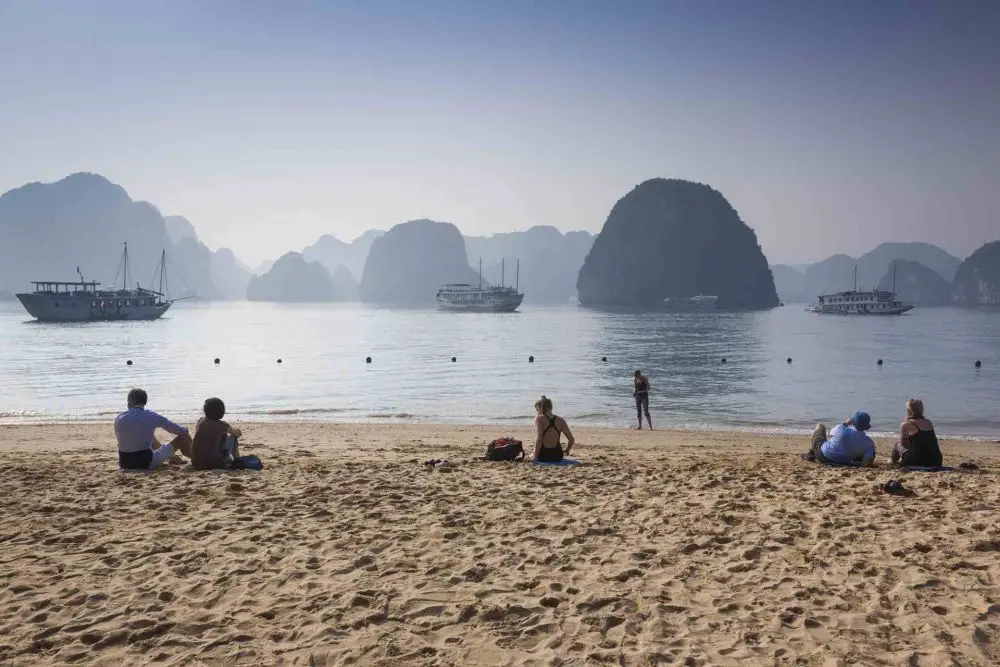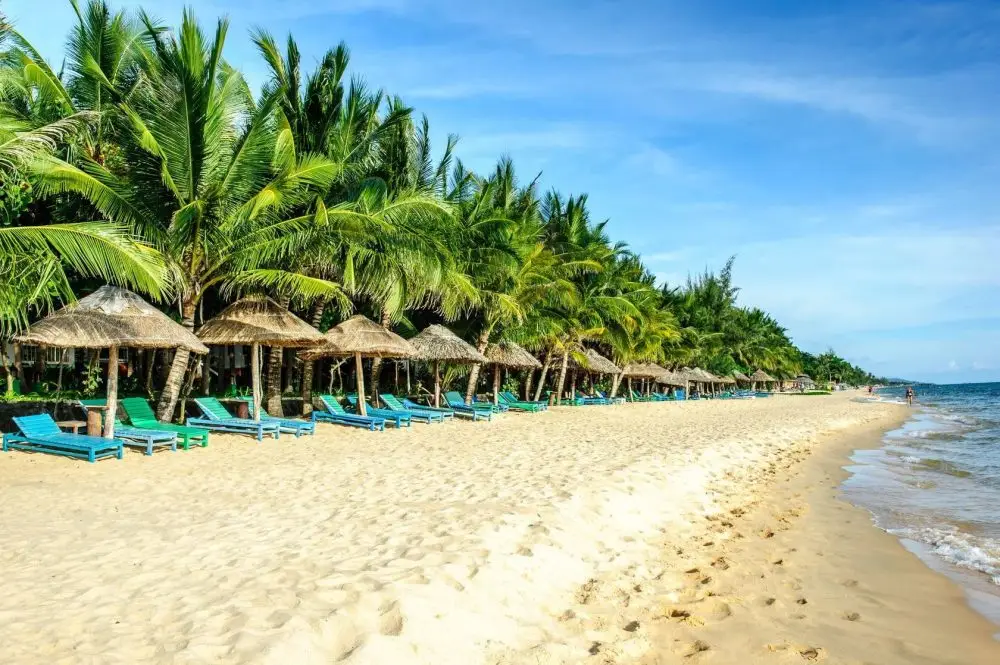A sharp change in climate, crossing time zones, unfamiliar food, and long journeys – tourism often poses health challenges. A properly assembled first aid kit becomes a lifesaver in emergencies. The correct selection of medications helps to avoid complications, speed up recovery, and maintain well-being at a high level. It is important to determine in advance which medications to take on vacation to prepare for possible risks and not violate customs rules.
Preparing a first aid kit: what medications to take on vacation
When assembling a first aid kit for a vacation, it is important to consider the travel destination, climate, duration of the trip, health conditions, and possible restrictions during airport security checks. The list of necessary medications depends on the type of vacation – beach, mountains, excursions, or cruise.

A first aid kit for international travel must include medications taking into account customs requirements. Some countries prohibit the import of medications containing codeine, psychotropic substances, or potent components. Proper packaging and having a prescription will help pass baggage and carry-on checks without any problems.
Main contents: what medications to take on vacation
The optimal first aid kit contents depend on the region, but some remedies should accompany any traveler. It is important to decide on the list in advance to prepare for typical risks:
- For gastrointestinal disorders. Antidiarrheal medications, sorbents, and rehydration solutions help restore intestinal function quickly and prevent dehydration.
- Analgesics. Headaches, toothaches, muscle pain, or symptoms of inflammation require effective pain relief. Ibuprofen, paracetamol are suitable.
- Medications for sunburn on vacation. Products with dexpanthenol, moisturizing components, and cooling gels protect the skin after prolonged sun exposure and accelerate burn healing.
- Sunscreen. Reliable skin protection from ultraviolet rays reduces the risk of burns, premature aging, and skin cancer. The SPF level is selected based on the region and skin type.
- For motion sickness during transport. Bus trips, sea excursions, and flights can cause nausea and dizziness. Tablets based on dimenhydrinate or menthol help stabilize the condition.
- Products for wound and burn care. Antiseptics, bactericidal plasters, sterile bandages, and wound healing gels provide emergency assistance for injuries and abrasions.
This set allows timely response to sudden symptoms and maintains stable well-being in any conditions. A properly assembled first aid kit ensures safety and comfort throughout the travel route.
First aid kit for a child at the seaside: important components
A carefully compiled list determines which medications to take on vacation with a child. A first aid kit for a child at the seaside should consider the specifics of children’s physiology, the rapid onset of symptoms, and the complexity of treatment in children.
What to include in a vacation first aid kit for a child:
- Fever-reducing syrups with paracetamol or ibuprofen.
- Antihistamines for preventing allergic reactions.
- Wound care products – hydrogen peroxide, plasters, sterile wipes.
- Electrolytes for restoring fluid and electrolyte balance in case of diarrhea or vomiting.
- Children’s motion sickness remedies.
- Nasal sprays or drops for colds.
- High SPF sunscreen.
A correct list of equipped first aid kit helps to quickly deal with sudden symptoms and prevent complications. Such a set provides timely assistance in any emergency situation.
What medications to take on vacation for emergency assistance
Tourism is associated with unexpected situations. Emergency assistance should be available at any time. Selecting a travel first aid kit requires considering common problems: colds, inflammation, viruses, allergens, burns, and various types of pain.
Pharmacology offers fast-acting medications for preventing gastrointestinal infections, treating symptoms of viral diseases, reducing inflammation, and relieving pain.
Prevention always reduces the risks of illnesses during the trip. Antiseptic wipes, hand gels, water disinfection tablets, and insect repellents create a basic level of safety for travelers.
Medications not to take on a trip: excess baggage
Some medications add unnecessary weight, will not be needed, or may cause problems at customs. Medications not to take on a trip include:
- Medications requiring strict temperature control without the possibility of refrigeration.
- Potent medications without necessity – tranquilizers, narcotic analgesics.
- Duplicate medications – one medication per symptom group is sufficient.
- Bulky packaging – preference is always given to smaller formats.
A rational first aid kit for vacation reduces the risks of delays at customs and helps quickly find the necessary remedy in case of deteriorating health.
Transportation specifics: how to pack medications correctly for travel
All medications should be placed in airtight containers, protected from moisture and high temperatures. It is important to distribute the supplies between checked baggage and carry-on luggage – essential medications always accompany the traveler in the cabin.
A vacation first aid kit requires compliance with aviation transportation rules: liquids up to 100 ml are packed in a transparent bag with a volume of up to one liter. Tablets are allowed without volume restrictions.
During long flights, it is important to consider that luggage is sometimes lost. Part of the medications is always placed in carry-on luggage, especially pain relievers, emergency medications, and medications taken on a schedule.
When preparing a vacation first aid kit, it is important to consider the climatic features of the country. Skin protection, the use of sunscreen, and maintaining fluid and electrolyte balance are especially important in hot regions. In cold countries, the risk of colds, exacerbation of chronic diseases, and inflammatory processes increases.

What medications to take on vacation: conclusions
Determining which medications to take on vacation directly affects the quality of the vacation and the ability to quickly deal with unexpected problems. Preparing a first aid kit for travel requires considering the route, climate characteristics, health conditions, and customs restrictions.
A smart choice helps to feel confident in any situation and avoid unnecessary panic.
 en
en  ru
ru  ar
ar  de
de  es
es  fr
fr  nl
nl  hi
hi  it
it  pt
pt  el
el 












